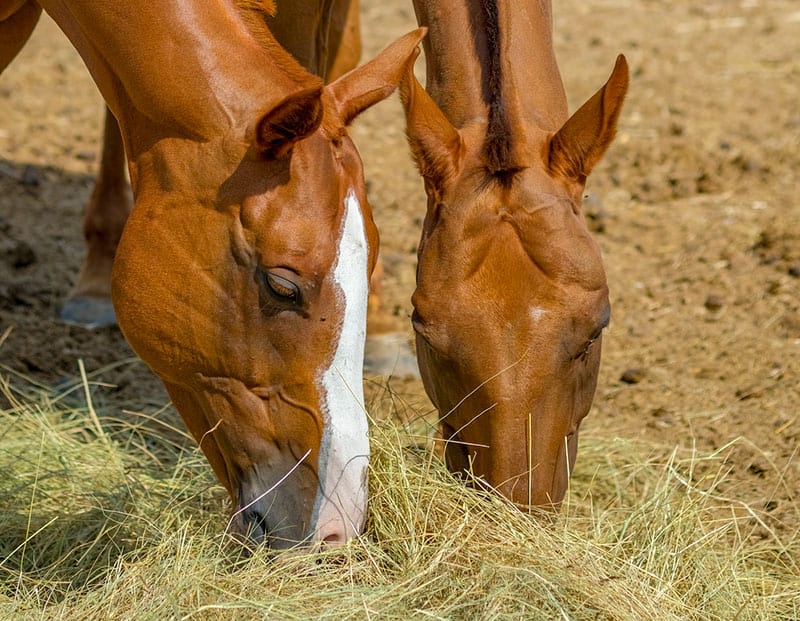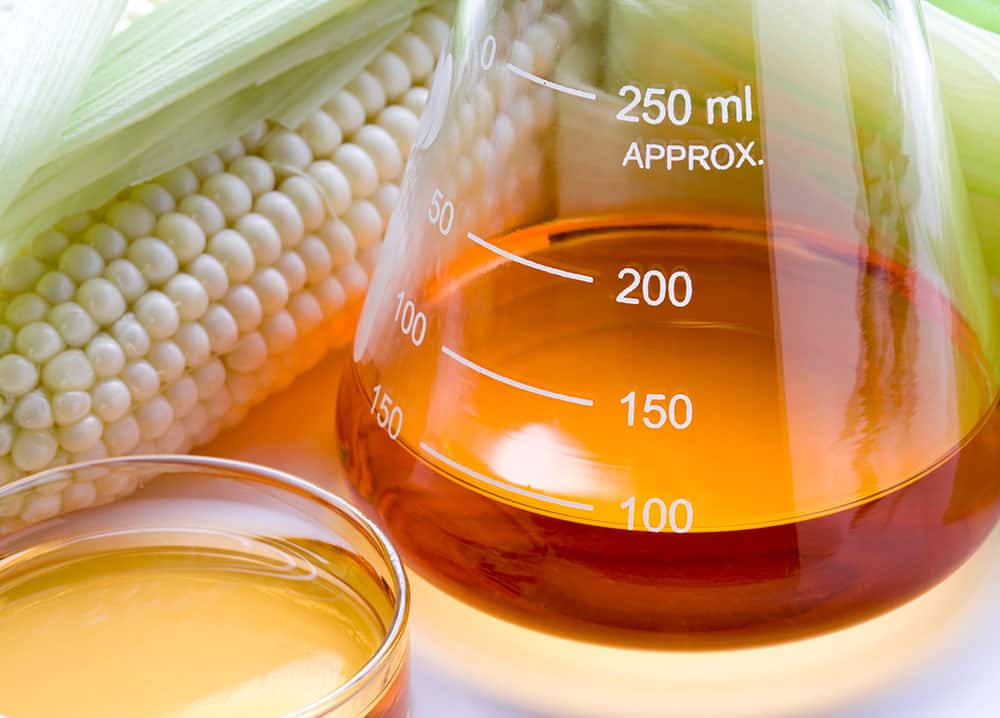
Standardizing Insulin Dysregulation Tests
Establishing a standard glucose testing method worldwide could generate more accurate results, leading to better care and welfare of horses with PPID, or equine Cushing’s disease.
Horse-health-problem risk factors, prevention, diagnosis, and treatment

Establishing a standard glucose testing method worldwide could generate more accurate results, leading to better care and welfare of horses with PPID, or equine Cushing’s disease.

Insulin dysregulation can coincide with high ACTH concentrations in the fall, even when an animal does not have PPID.

Learn about the differences, and a few key similarities, between these two endocrine diseases.

Researchers assess the prevalence of malocclusions and dental diseases in privately owned horses in the Mazovia region of Poland.

Horses have a wide range of potential for exposure to toxicants; understanding this could help protect them.

X rays are valuable diagnostic tools for equine dental health that can reveal undiagnosed issues.

The 3 equine forms of this neuromuscular disease are found in many areas of North America.

If your horse is exhibiting regular behavior problems, cheek tooth pain could be the cause.

Consider growth rate and nutrient balance when deciding what to feed young horses.

Resin fillings used in human dentistry can offer long-term solutions for preventing and managing infundibular caries.

Equine idiopathic headshaking is a painful condition, but with correct diagnosis and treatment many headshakers can live pain-free.

Timely decision-making could be the life-saving factor for colicking horses.

Here are some common dental issues that can negatively impact your horse’s performance and how they can be corrected.

The horse’s fed vs. fasted state, dose and type of corn syrup, season, and simultaneous endocrine testing might alter the results of this insulin dysregulation testing method.

How to recognize at-risk horses and manage them appropriately to prevent severe disease.

The Type 2 diabetes drug might help horses with chronic hyperinsulinemia and laminitis that haven’t responded to management changes.
Stay on top of the most recent Horse Health news with
"*" indicates required fields